Is Bee Balm Invasive: Tips On Controlling Monarda Plants
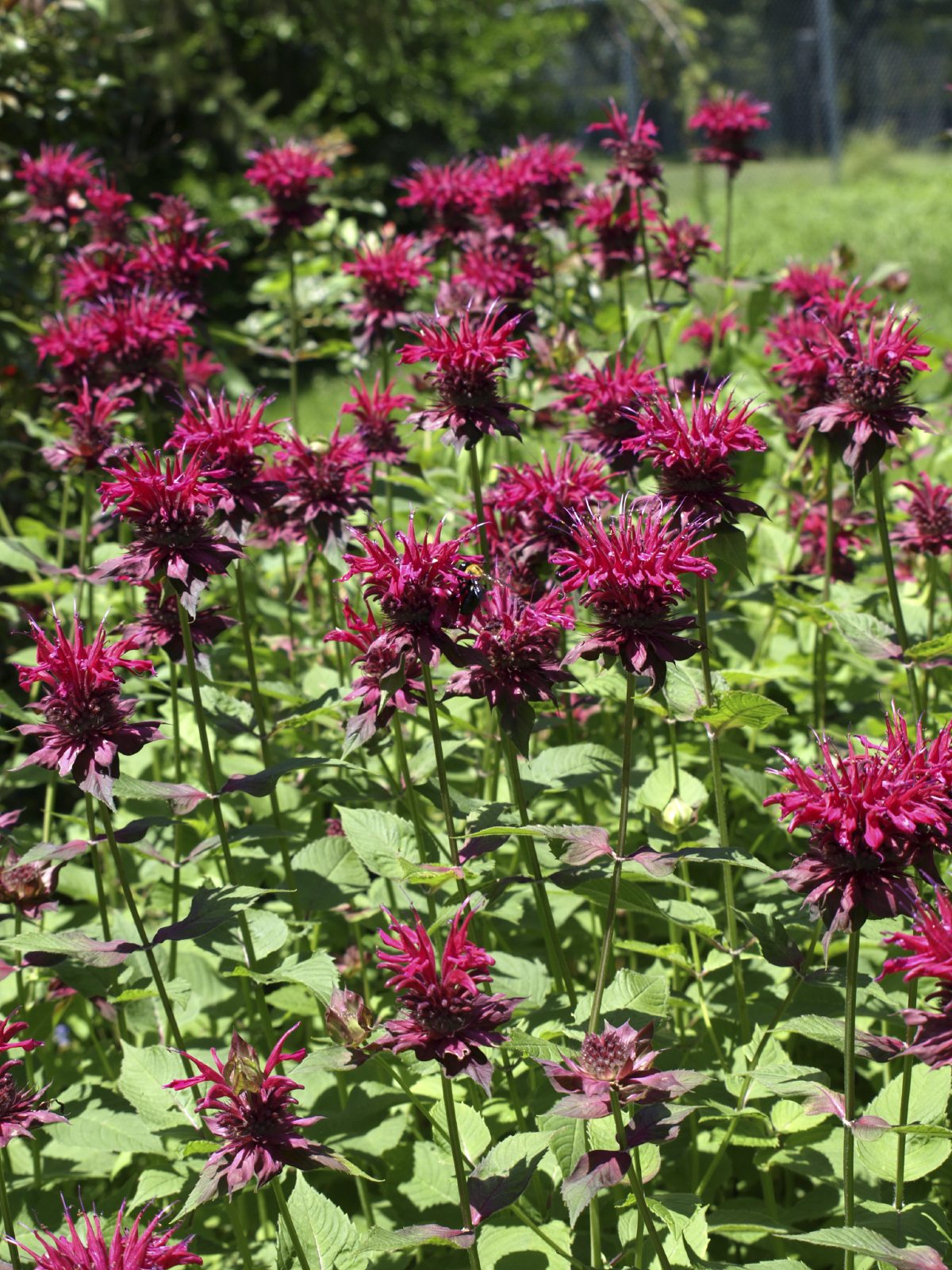

Bee balm, also known as monarda, Oswego tea, horsemint, and bergamont, is a member of the mint family that produces vibrant, wide summer flowers in white, pink, red, and purple. It is prized for its color and its tendency to attract bees and butterflies. It can spread quickly, though, and requires a bit of care to keep it under control. Keep reading to learn more about how to manage bee balm plants.
Bee Balm Control
Bee balm propagates by rhizomes, or runners, that spread under the ground to produce new shoots. As these shoots multiply, the mother plant in the center will eventually die off over the course of a couple years. This means your bee balm will eventually be far from where you planted it. So, if you are asking the question, “is bee balm invasive,” the answer would be yes, under suitable conditions. Luckily, bee balm is very forgiving. Bee balm control can be achieved effectively by dividing bee balm. This can be achieved by digging between the mother plant and its new shoots, severing the roots connecting them. Pull up the new shoots and decide if you want to throw them away or begin a new patch of bee balm elsewhere.
How to Manage Bee Balm Plants
Dividing bee balm should be done in early spring, when the new shoots first emerge. You should have a sense by their numbers whether you want to cut some back or not. If you do want to propagate some shoots and plant them elsewhere, sever them from the mother plant and dig a clump of them up with a shovel. Using a sharp knife, divide the clump into sections of two or three shoots with a good root system. Plant these sections wherever you like and water regularly for a few weeks. Bee balm is very tenacious, and ought to take hold. If you do not want to plant new bee balm, simply discard the dug up shoots and allow the mother plant to continue growing. So now that you know more about controlling monarda plants, there’s no need to worry about them becoming out of hand in your garden.
Gardening tips, videos, info and more delivered right to your inbox!
Sign up for the Gardening Know How newsletter today and receive a free copy of our e-book "How to Grow Delicious Tomatoes".

The only child of a horticulturist and an English teacher, Liz Baessler was destined to become a gardening editor. She has been with Gardening Know how since 2015, and a Senior Editor since 2020. She holds a BA in English from Brandeis University and an MA in English from the University of Geneva, Switzerland. After years of gardening in containers and community garden plots, she finally has a backyard of her own, which she is systematically filling with vegetables and flowers.
-
 Looking For Plants To Give You The Soft And Fuzzies? Try These 5 Fuzzy Leaf Plant Options
Looking For Plants To Give You The Soft And Fuzzies? Try These 5 Fuzzy Leaf Plant OptionsLovers of texture, drama, silver foliage and tactile plants will adore these special sensory garden additions. These fuzzy leaf plant options will leave you all aglow
By Susan Albert
-
 Get Ready For A Summer Of Hummers! Grow These Full Sun Hummingbird Plants and Flowers
Get Ready For A Summer Of Hummers! Grow These Full Sun Hummingbird Plants and FlowersIf you’re lucky enough to enjoy a sunny backyard, make sure you are maxing out on your pollinator opportunities and grow these full sun hummingbird plants and flowers
By Tonya Barnett
-
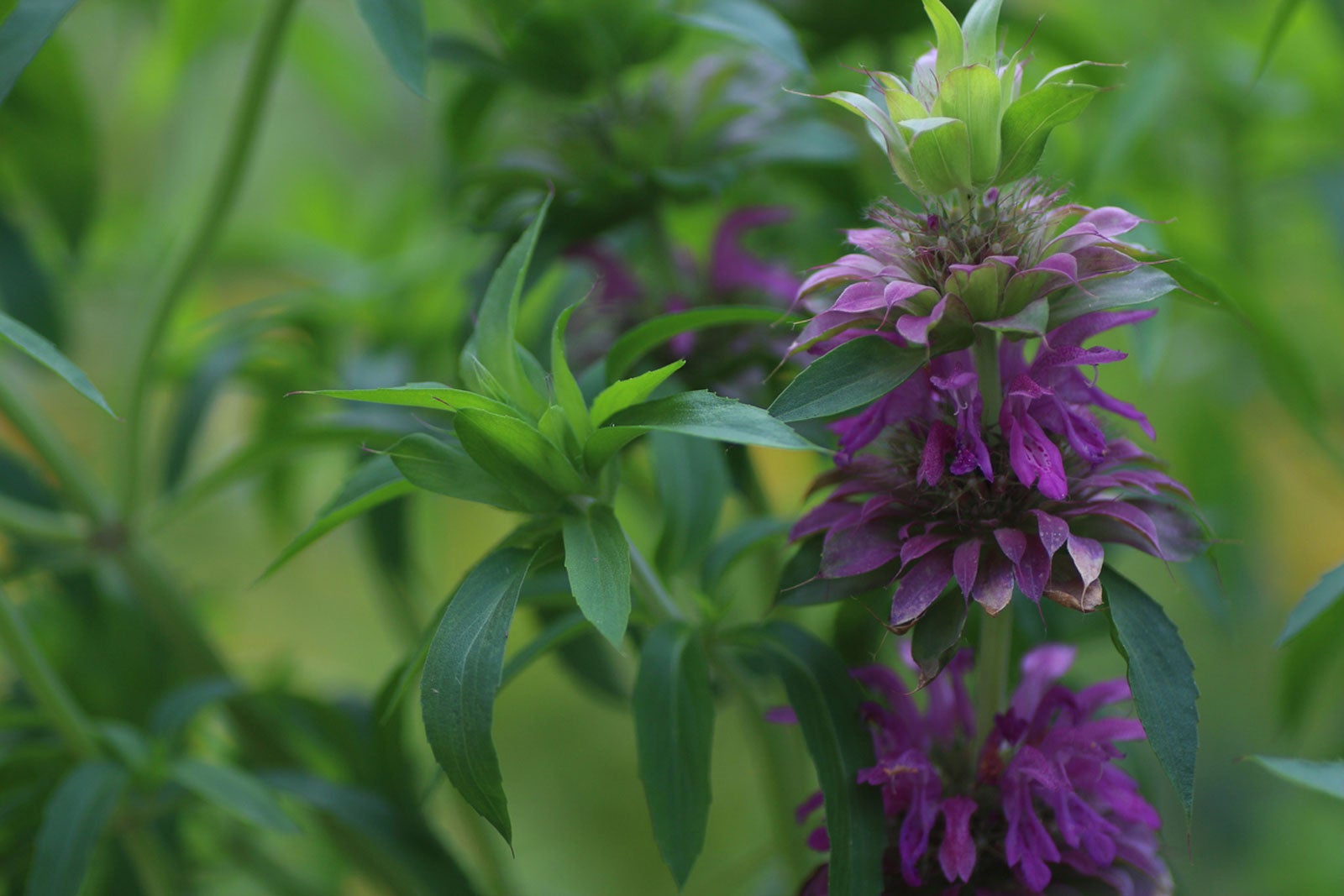 What Is Lemon Bee Balm: Learn About Growing Lemon Mint Plants
What Is Lemon Bee Balm: Learn About Growing Lemon Mint PlantsLemon bee balm is different from but often confused with the plant lemon balm. This annual herb is native to the U.S. with a delightful aroma and some culinary uses. Needs are low, making it easy to grow. For more on lemon bee balm, click the following article.
By Mary Ellen Ellis
-
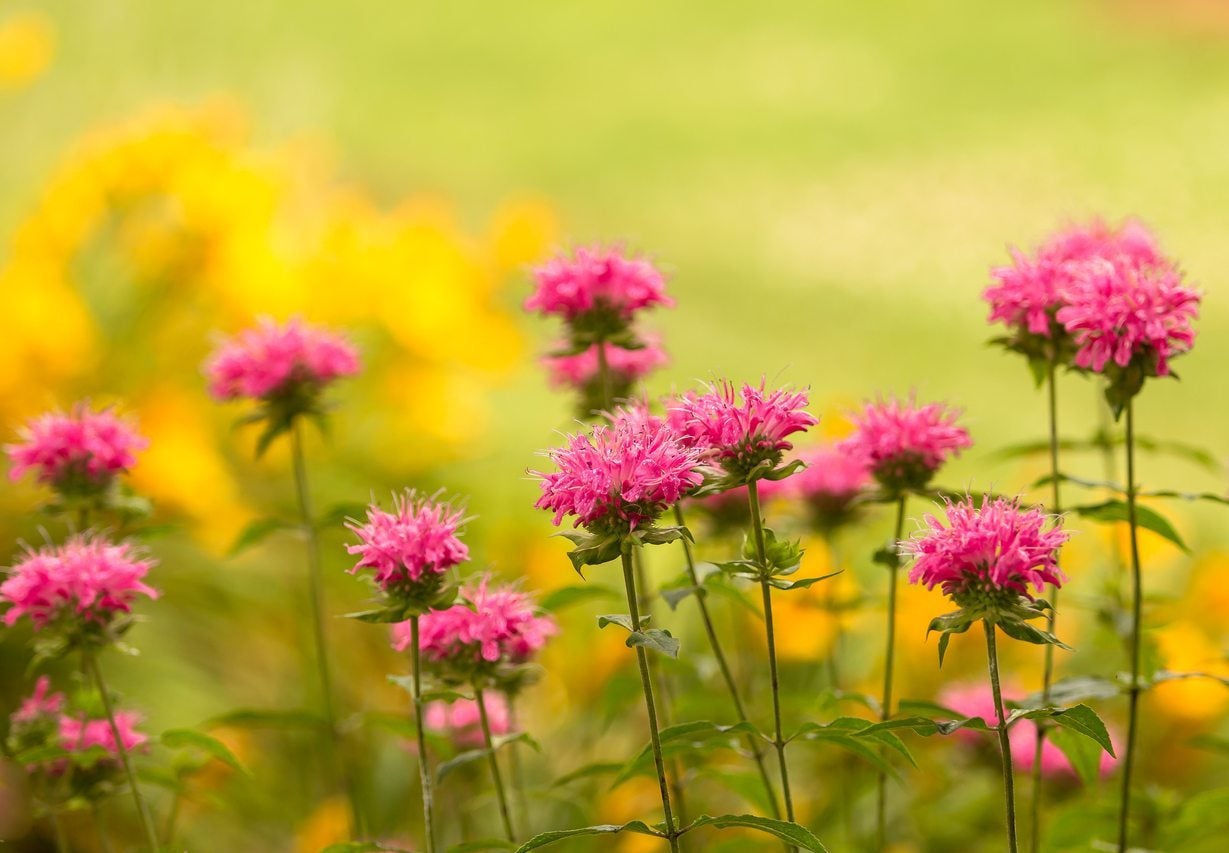 Bee Balm Not Blooming: Why Won’t My Bee Balm Flower
Bee Balm Not Blooming: Why Won’t My Bee Balm FlowerWith its beautiful, unique looking flowers, bee balm attracts pollinators and delights gardeners. It can even be brewed into tea. It's for all these reasons that it can be a real downer when your bee balm doesn't bloom. Learn more about what to do in this article.
By Liz Baessler
-
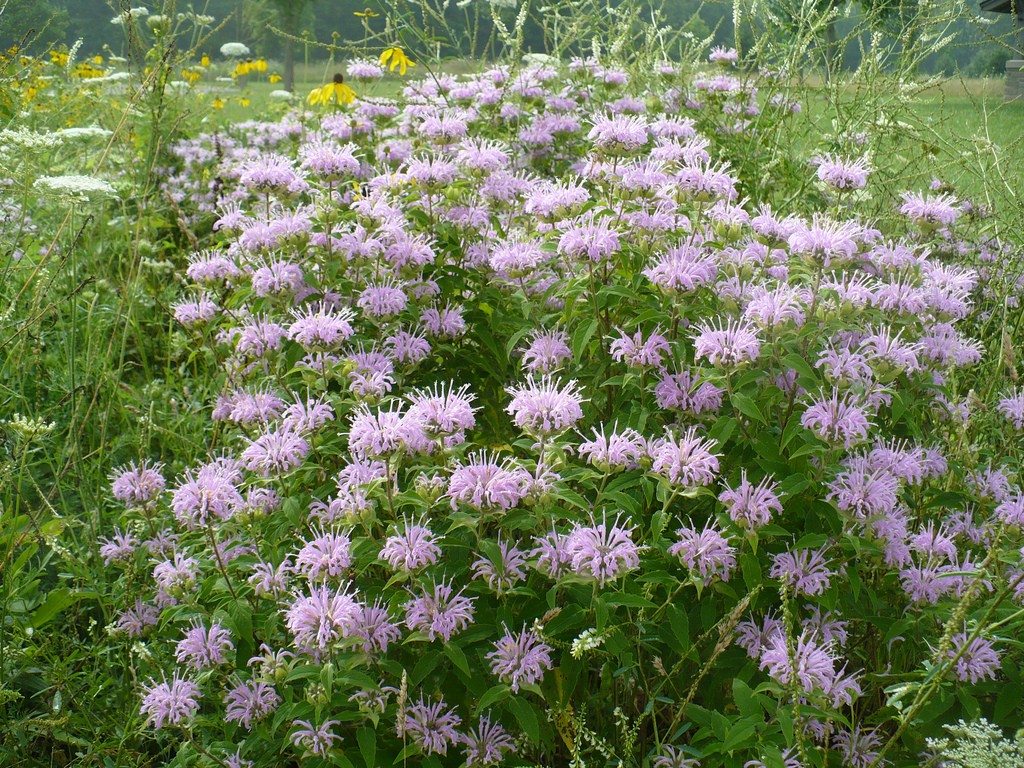 Propagating Bee Balm Plants: How To Propagate Bergamot Seeds, Cuttings, And Divisions
Propagating Bee Balm Plants: How To Propagate Bergamot Seeds, Cuttings, And DivisionsPropagating bee balm plants is a great way to keep them in the garden year after year or to share them with others. Find out how to propagate these plants in this article.
By Jackie Carroll
-
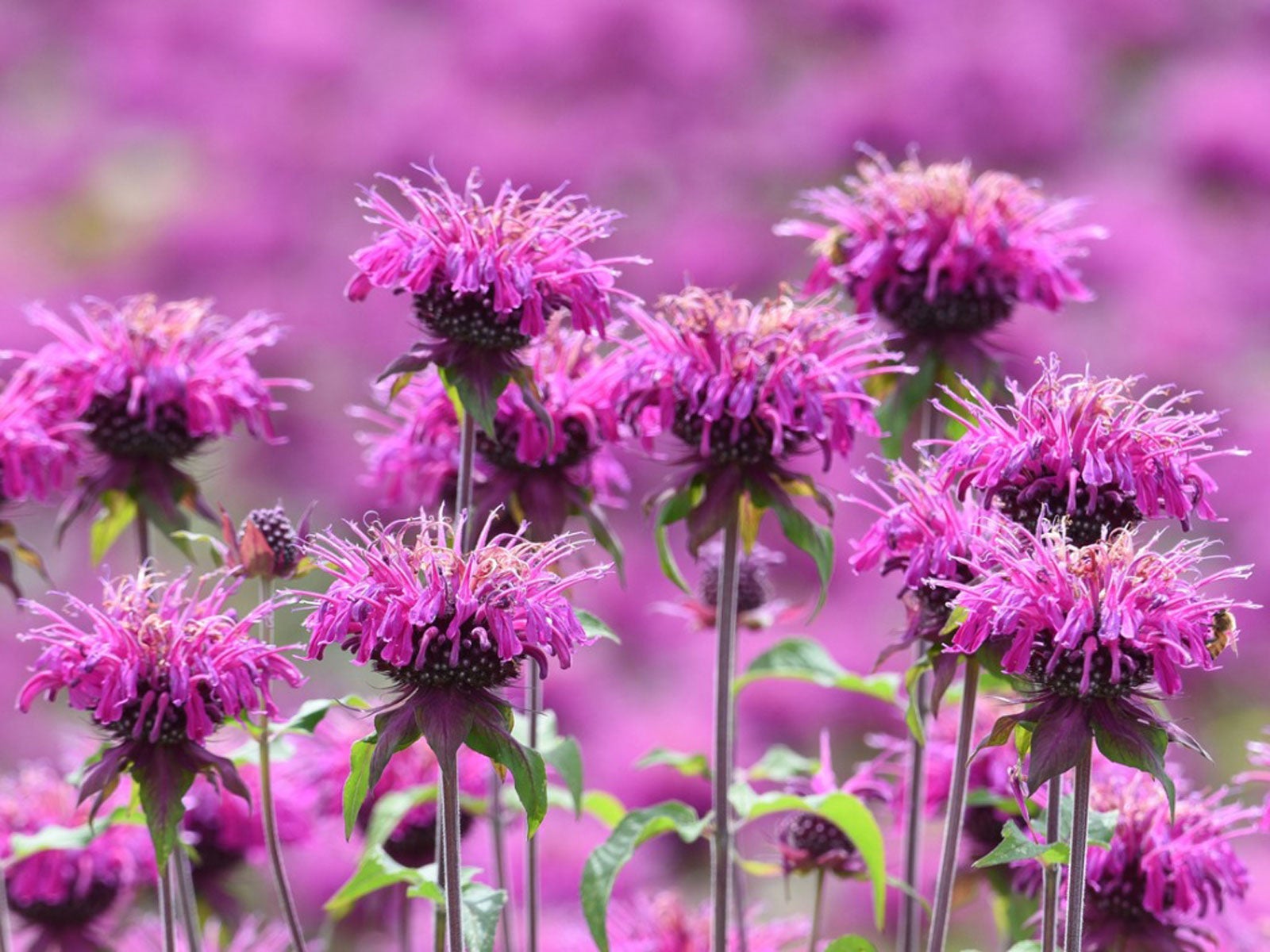 Bee Balm Flower Plant - How To Plant Bee Balm And Bee Balm Care
Bee Balm Flower Plant - How To Plant Bee Balm And Bee Balm CareTrue to its name, bee balm is a magnet for bees and other pollinators. Click here to learn all about this beautiful source of nectar.
By Tonya Barnett